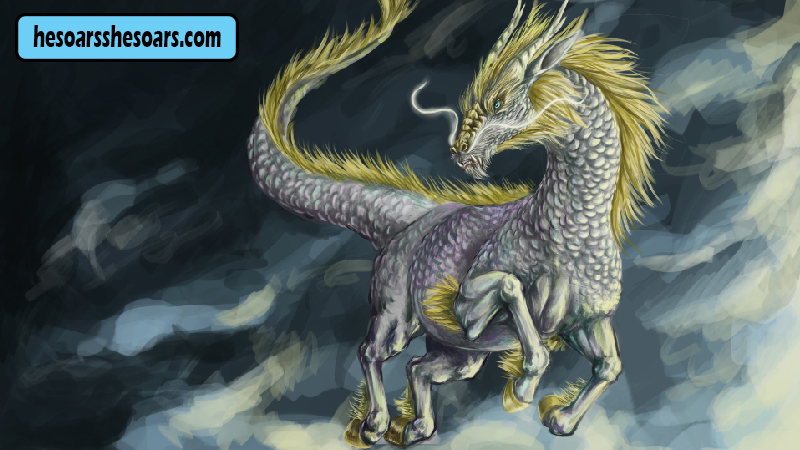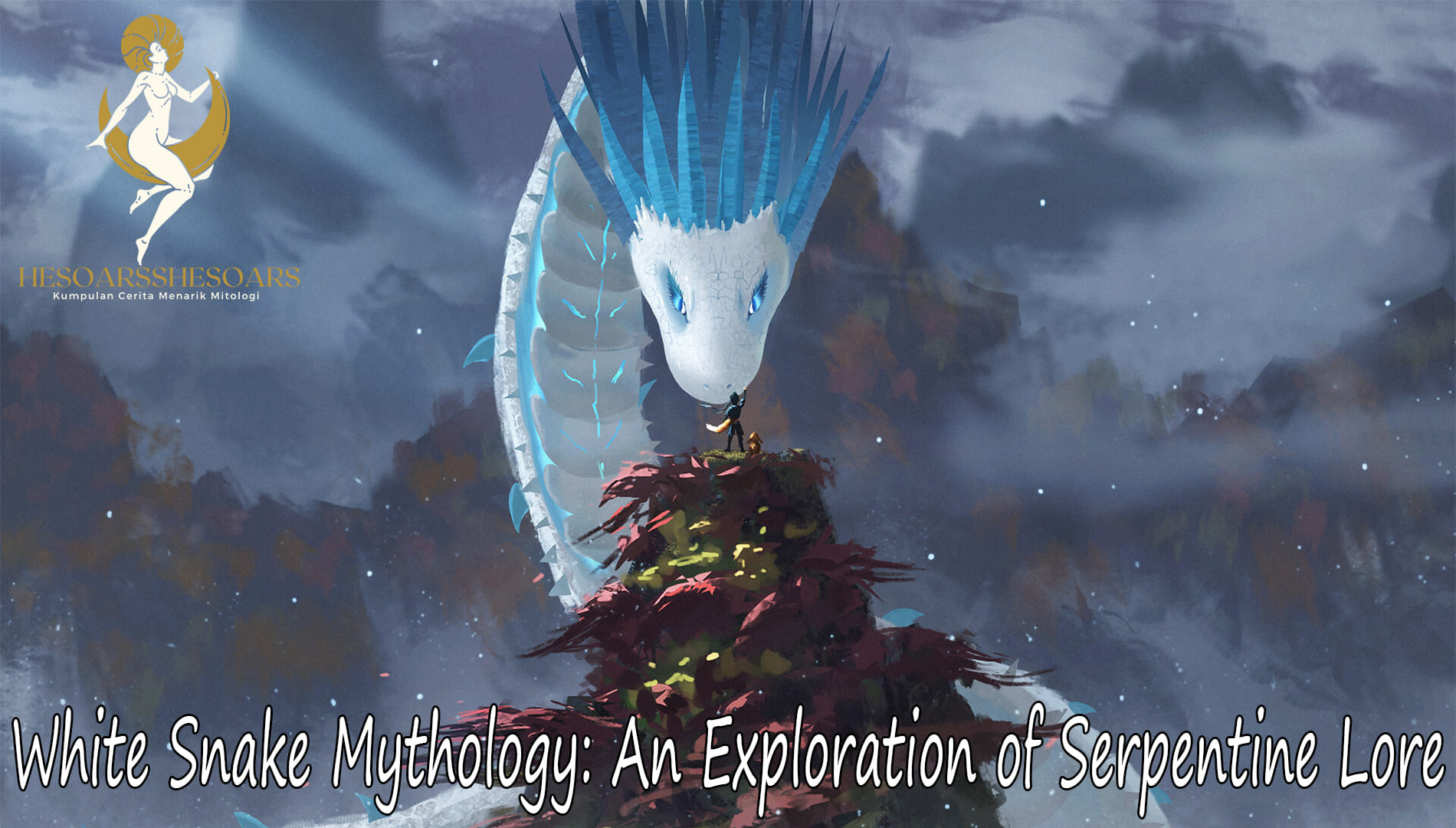In the vast pantheon of mythological creatures worldwide, few are as iconic and deeply rooted in a nation’s cultural identity as the Chinese dragon. Often misinterpreted by Western cultures as a symbol of fear or malevolence, this dragon is, in its native culture, a symbol of power, strength, and good luck. This article delves into the rich tapestry of Chinese mythology to unravel the mystery and significance of this legendary creature.
Origins of the The Chinese Dragon
The dragon, known as “lóng” (龙) in Mandarin, has been a potent symbol in Chinese culture for thousands of years. Yet, regardless of its beginnings, the dragon swiftly occupied a pivotal role in Chinese cosmology.
Physical Characteristics and Symbolism
Distinct from the fire-breathing dragons of Western myths, this dragon is a composite creature. It often has the body of a snake, the antlers of a deer, the talons of an eagle, and the scales of a carp. Its sinuous, elongated form is both majestic and mysterious.
Beyond its physical attributes, the dragon embodies various symbolic meanings:
Power and Strength
Emperors, considered the human embodiment of dragons, used the dragon as a symbol of their imperial power and authority.
Prosperity and Good Luck
Dragons are often associated with water sources, such as rivers and rains. As a result, they’re revered as bringers of life and abundance.
Cultural Identity
As a unique creature of Chinese myths, the dragon is a potent symbol of China’s cultural heritage and identity.
The Chinese Dragon in Festivals and Traditions
The Chinese dragon takes center stage in many Chinese festivals. The most notable is the Dragon Boat Festival, where dragon-shaped boats race in a vibrant display of color and camaraderie. Another event is the Lunar New Year, where dragon dances are performed to chase away evil spirits and usher in a year of good fortune.
Influence Beyond China of The Chinese Dragon
The allure of this dragon isn’t restricted to China. This magnificent creature has captivated imaginations globally, influencing art, literature, and even fashion. Many countries in East and Southeast Asia, influenced by Chinese culture, have integrated the dragon into their local myths and traditions.
Conclusion
This dragon is more than just a creature of mythology; it’s a symbol of China’s soul. Representing power, prosperity, and cultural identity, it has etched its presence in various facets of Chinese life. As China continues to play a pivotal role on the global stage, its dragon, a timeless emblem of its rich history, will undoubtedly become even more prominent in worldwide consciousness.




